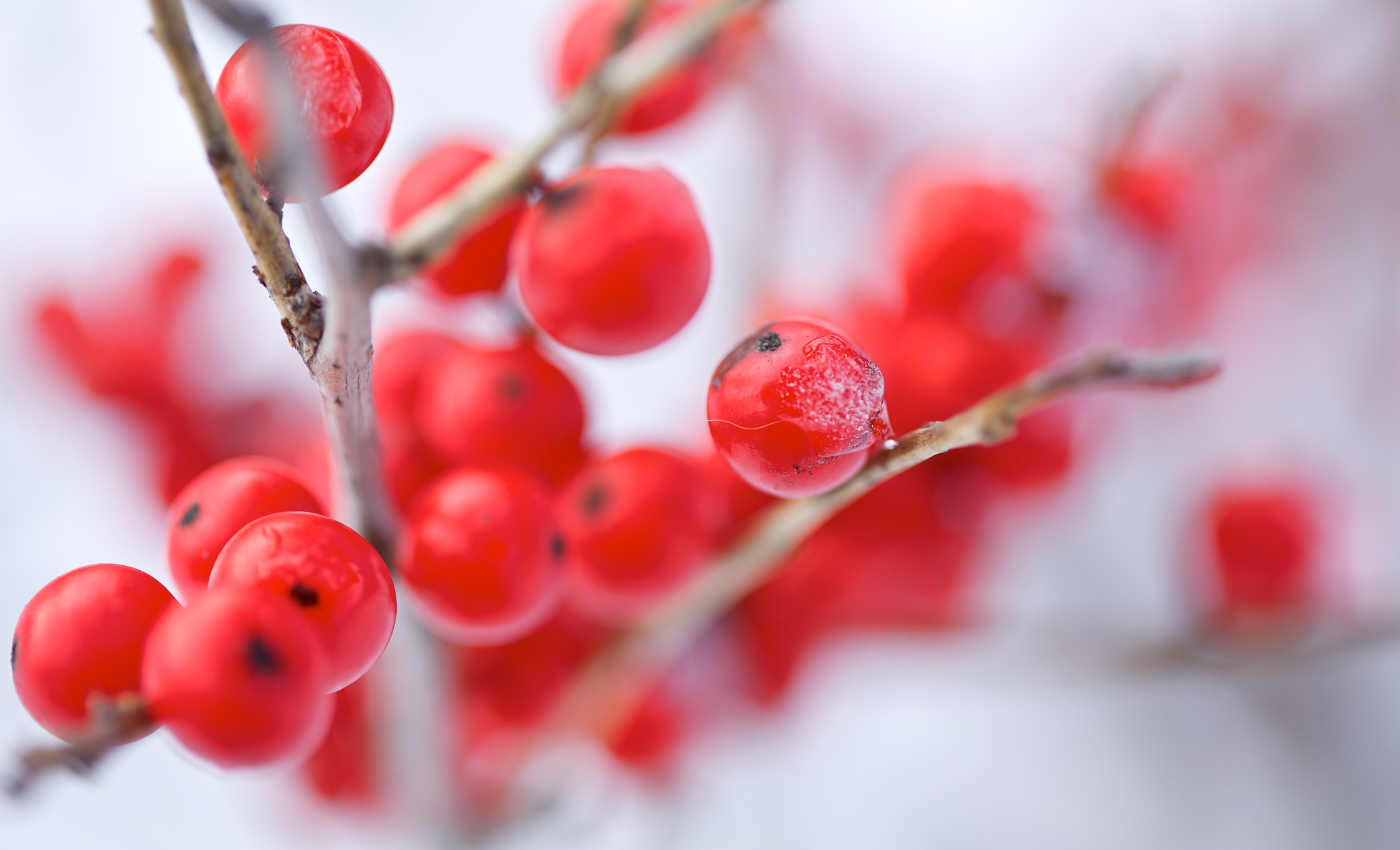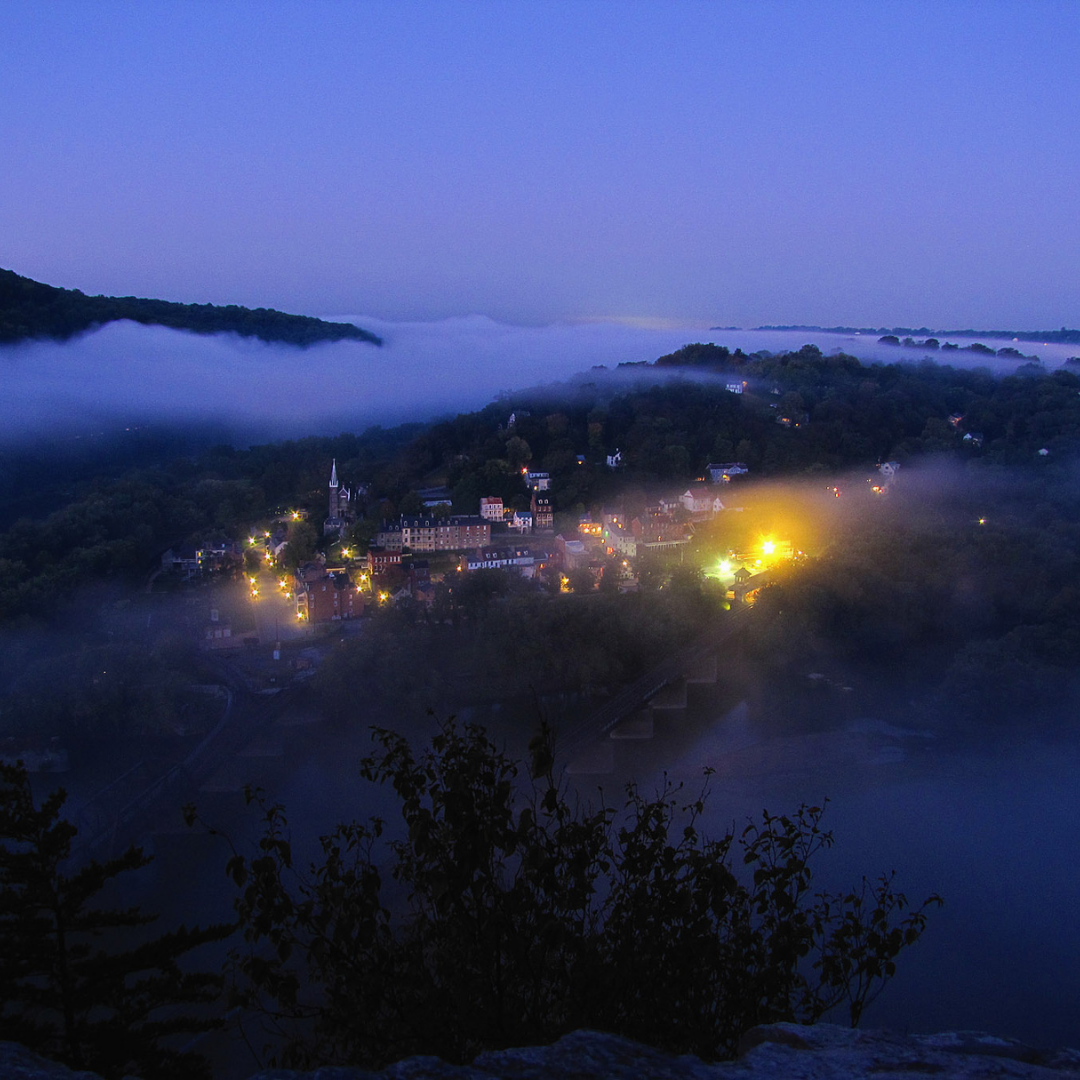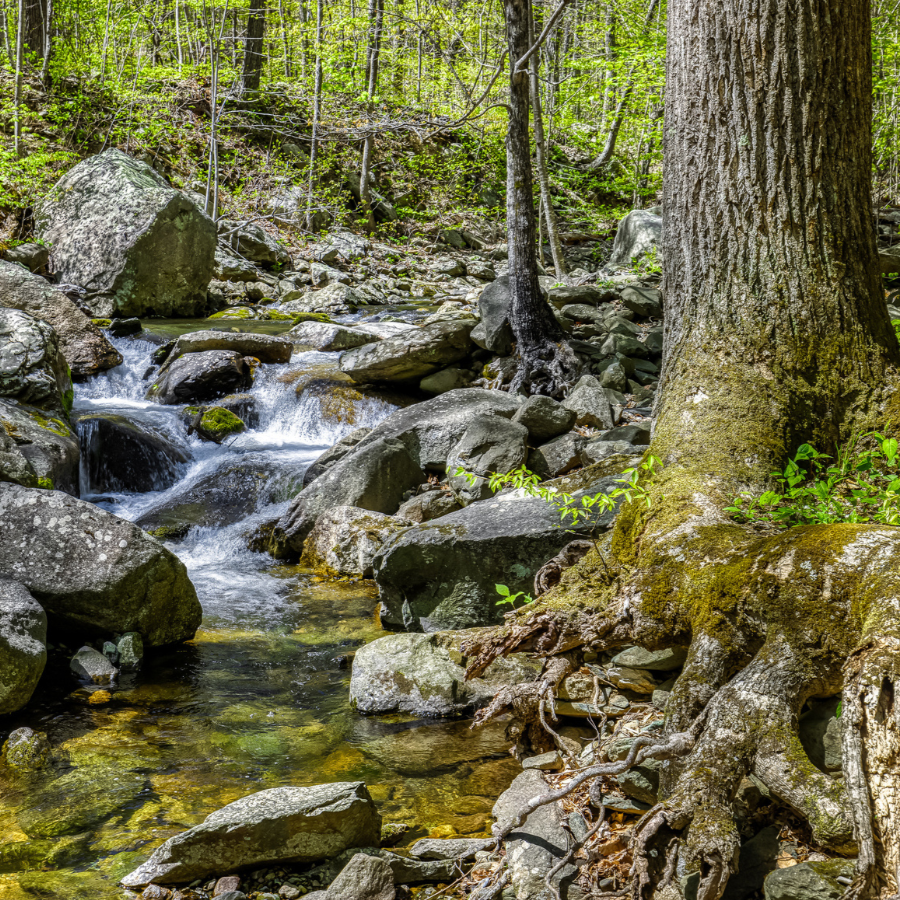7 winter-resilient plants you can spot along the Potomac River
/The cold never bothered these plants anyway ❄️
photo courtesy of f. delventhal via flickr (CC BY 2.0)
“Old Man Winter” may not be fully awake yet. But, snow lovers don’t fret: if the forecasters are correct, we should be seeing a large amount of snow this year.
Protecting the Potomac River’s forests, streams, and wildlife habitat is a year-round job at Potomac Conservancy. And while we have to gear up for the chilly season, the cold temps never keep us from venturing outside. Our region is simply too breathtaking — yes, even in the winter!
Barren trees and icy waters may dominate the landscape during this season, but there is also subtle beauty. Keep an eye out for these seven resilient plants you can spot in the Potomac River Region.
Skunk Cabbage
1. Skunk Cabbage
(Symplocarpus foetidus, locally evolved)
This plant has leaves with a similar look to a cabbage. The flower’s aroma, however, will have you believing a skunk may be nearby. The scent may not be appealing to humans, but it is for pollinators; it keeps them around to visit other plants to increase pollination. Skunk cabbage normally begins to rise in January when the ground is still frozen due to a unique process called thermogenesis.
Woolly Mullein
2. Woolly Mullein
(Verbascum Thapsus, non-locally evolved)
The mullein, often called Common Mullein, is upright in appearance, sometimes reaching six feet, with fuzzy leaves and yellow flowers. It was introduced by early North American settlers in the early 1700s; Indigenous people found it valuable in treating respiratory ailments, coughs, colds, and congestion. Fun fact: Seeds have been known to germinate after 140 years!
Winterberry
3. Winterberry
(Ilex verticillata, locally evolved)
Not only is this the perfect name for the season, but it also fits our state. The botanical name for winterberry is “Maryland Beauty.” After all the leaves have fallen, this shrub shows off its bright, red berries, providing a gorgeous color to barren landscapes as well as food for birds as spring approaches. Winterberry can be found in wet, swampy areas.
Japanese Pachysandra
4. Japanese Pachysandra
(Pachysandra terminalis, non-locally evolved)
Even in the winter months you can find the pachysandra with leaves still intact, although they may turn a bronze-brown color. Some may develop shades of light red or purple. This ground covering is often found under trees and shrubs as well as banks and hillsides.
Jimsonweed
5. Jimsonweed
(Datura stramonium, non-locally evolved)
Introduced by colonists as they traveled across the country, the first settlers to notice this weed growing were at Jamestown. It can usually be found in open and undisturbed areas and may reach a height of over five feet. Once the pods open, it has four chambers and hangs on the stalks during the winter. But be aware; all parts of the Jimsonweed, especially the seeds, are poisonous to animals and humans.
Striped Prince’s Pine
6. Striped Prince’s Pine
(Chimaphila maculata, locally evolved)
You may also know it as Striped Wintergreen. The word “chimaphila” originates from the Greek words “cheima,” meaning winter, and “phileo,” meaning to love. Hence, the plant’s love of winter months. It is clearly visible to the naked eye due to its evergreen leaves. The seeds normally ripen during December, since the sun isn’t blocked by the taller plants around it.
Italian Arum
7. Italian Arum
(Arum italicum, non-locally evolved)
Another plant named for its favorite season, “White Winter” emerges in late September when most leaves are falling and goes dormant in the summer. The dark green leaves are shaped like an arrowhead and grow between 8-to-12 inches long. During colder days, the leaves may roll up. Once it warms, those same leaves will stretch back out to soak in the sun. This plant is considered highly invasive and can be hard to eradicate because it survives all year through underground bulbs.
It's also a great time to spot trash and other litter while the ground vegetation is low. Join us at a winter cleanup to help us protect the wildlife of the Potomac River!















